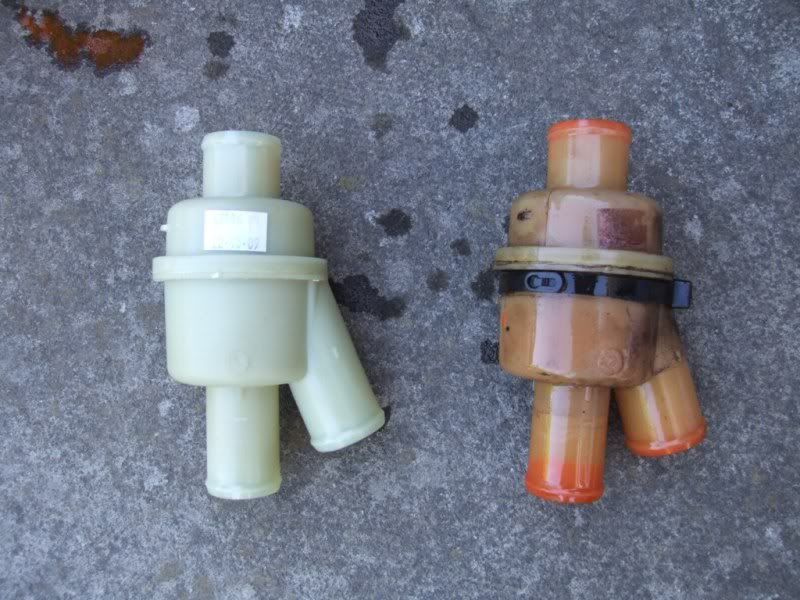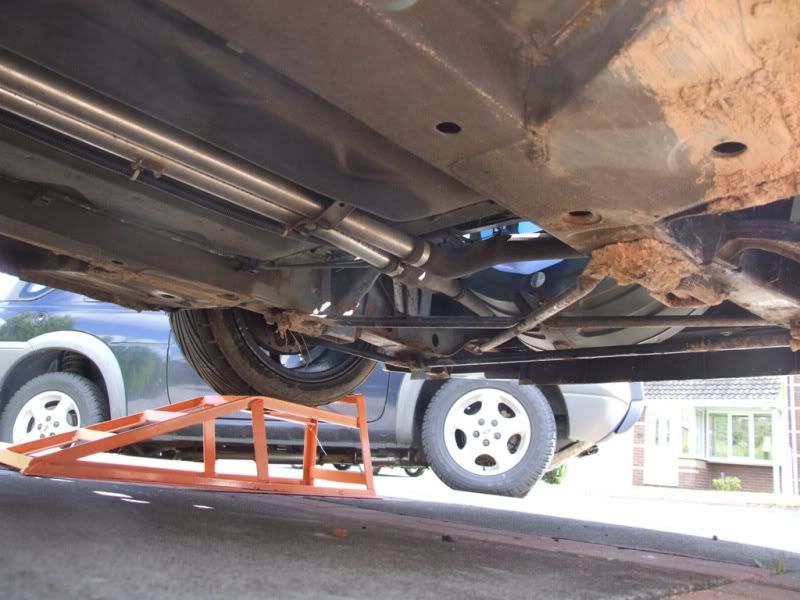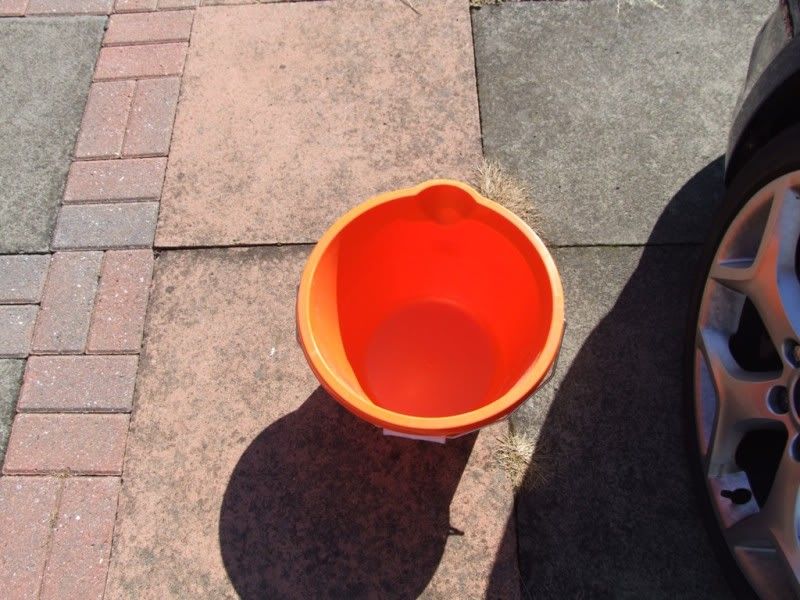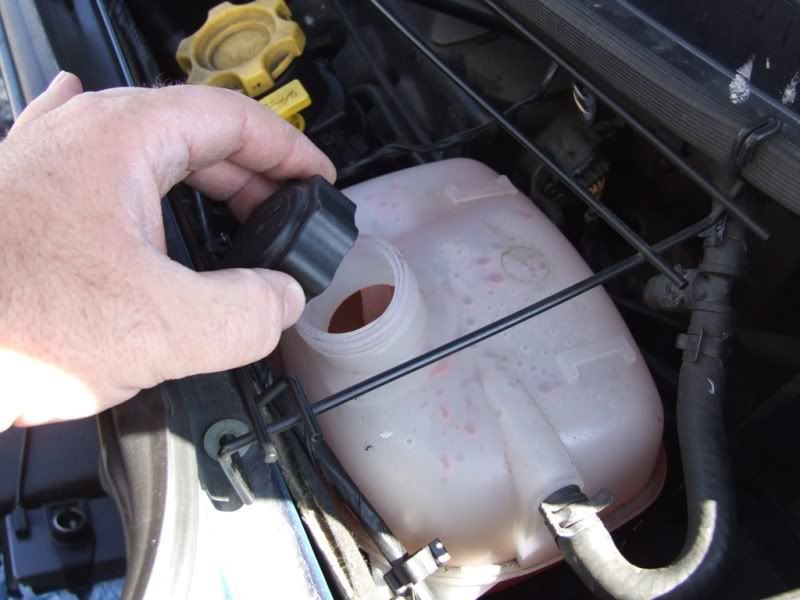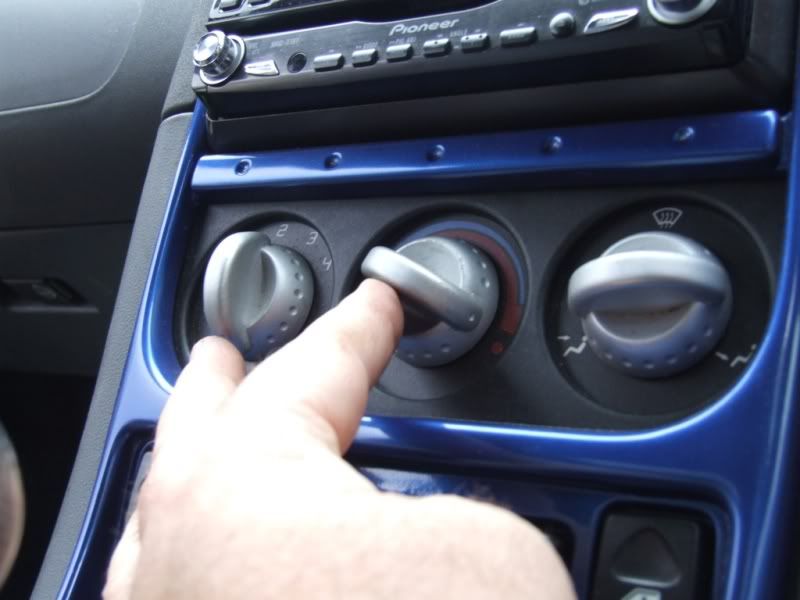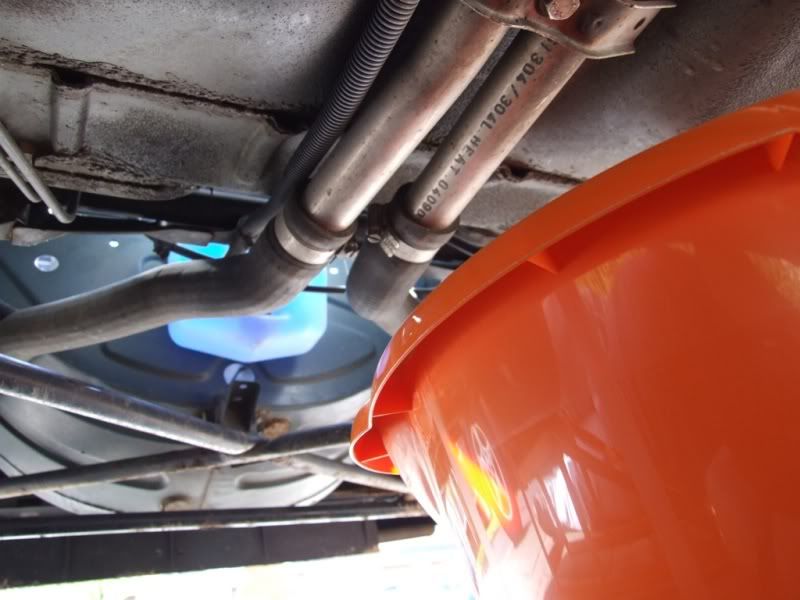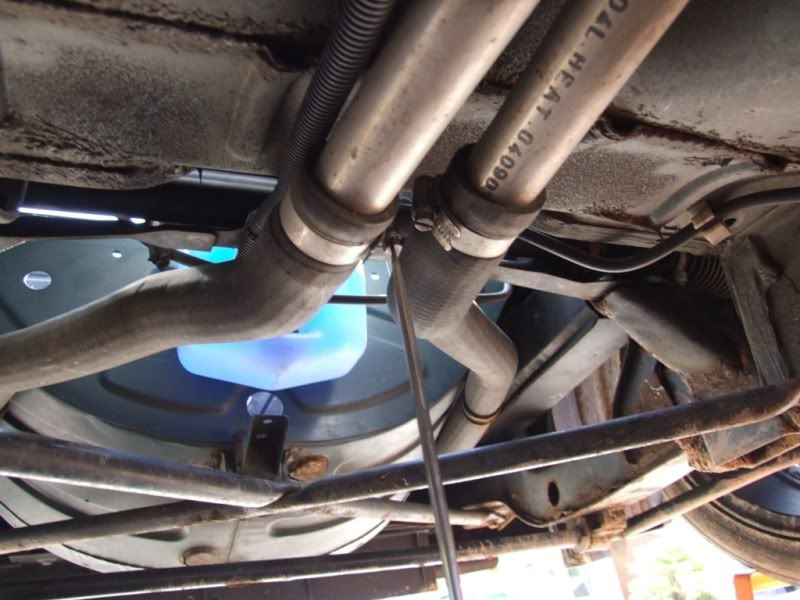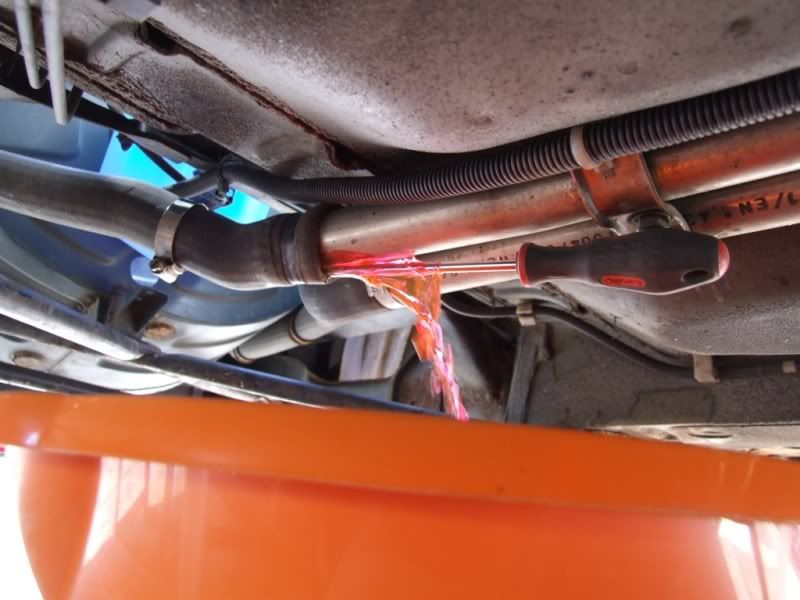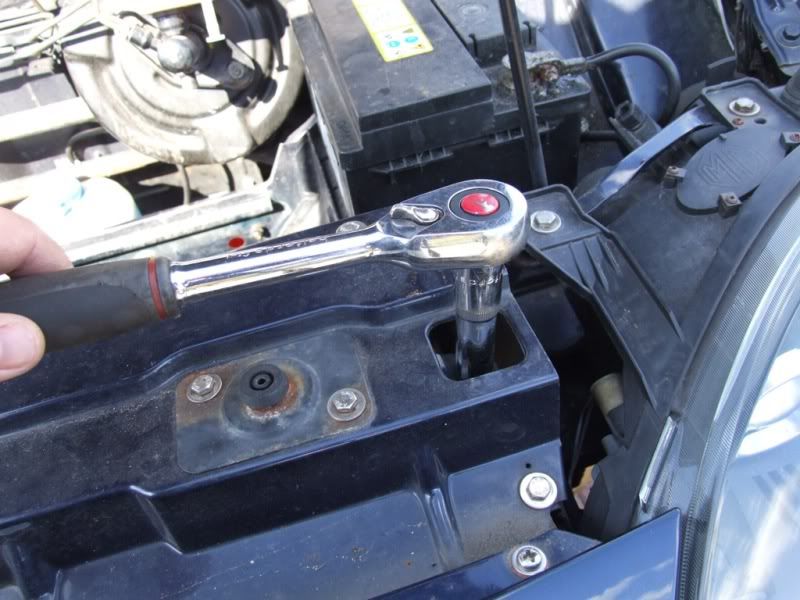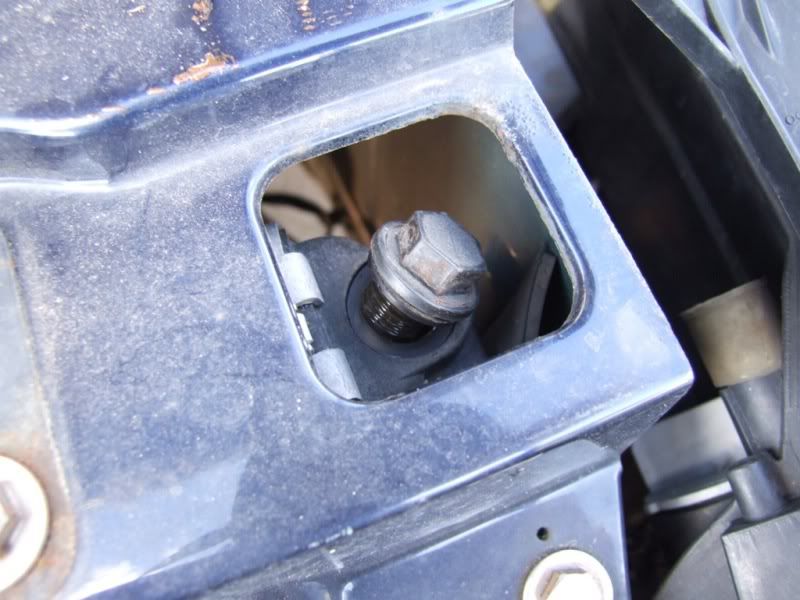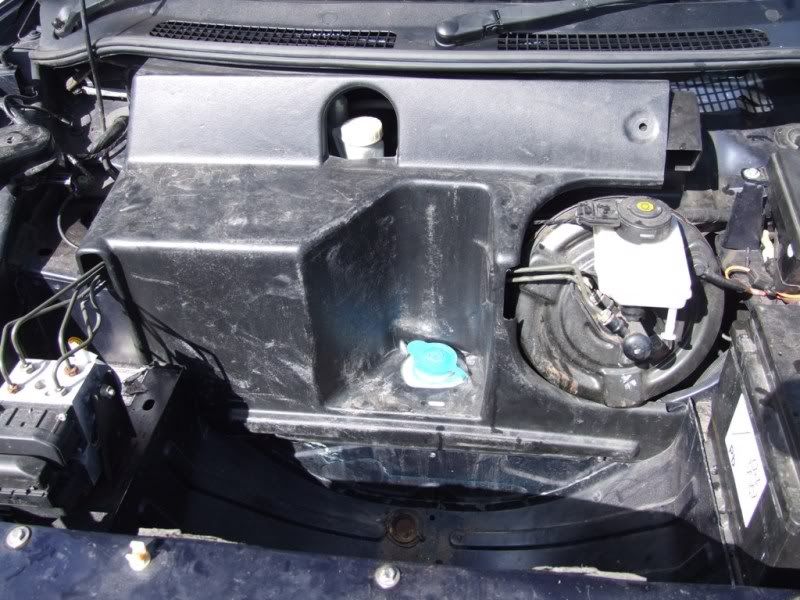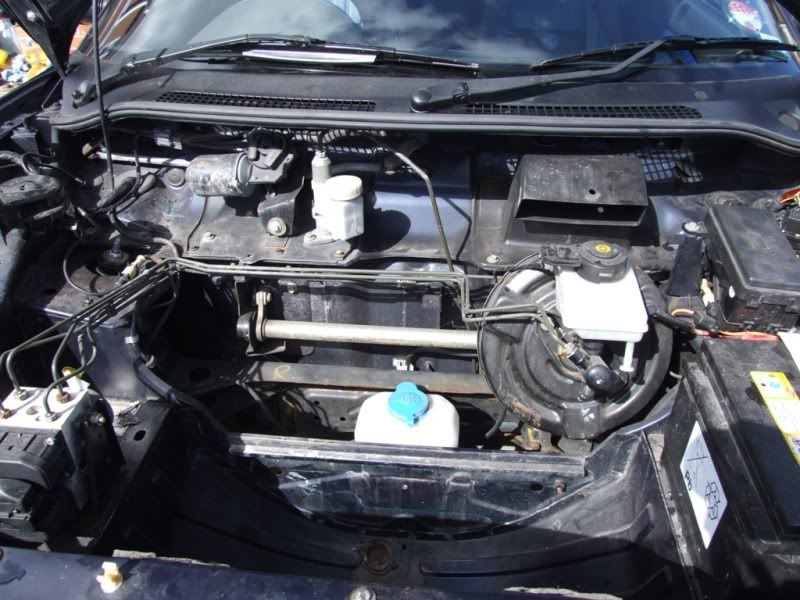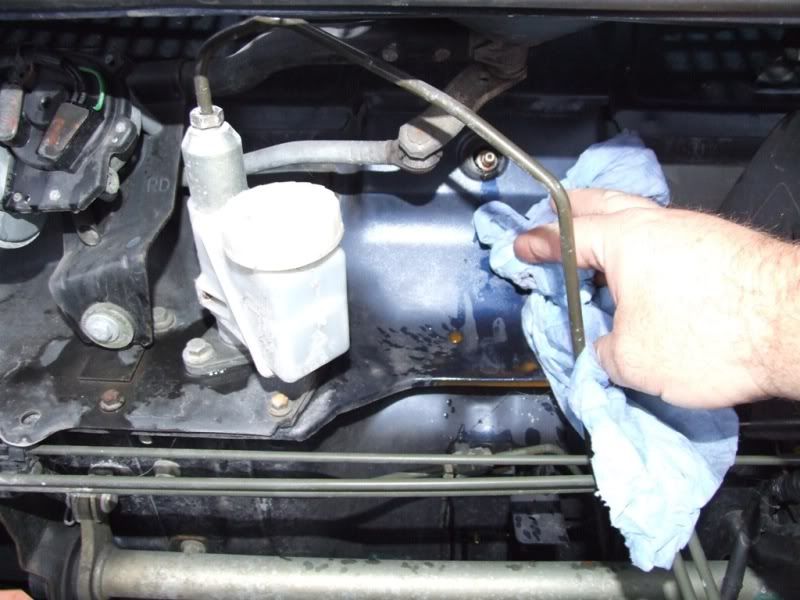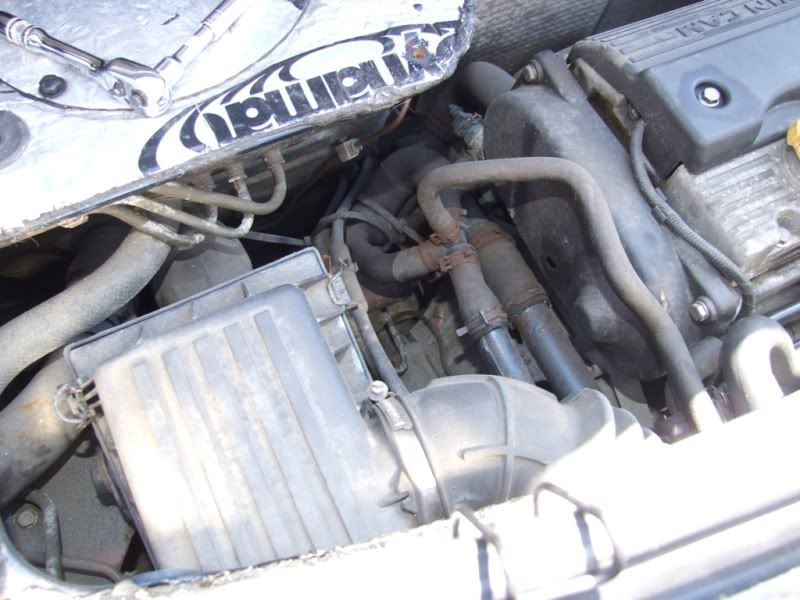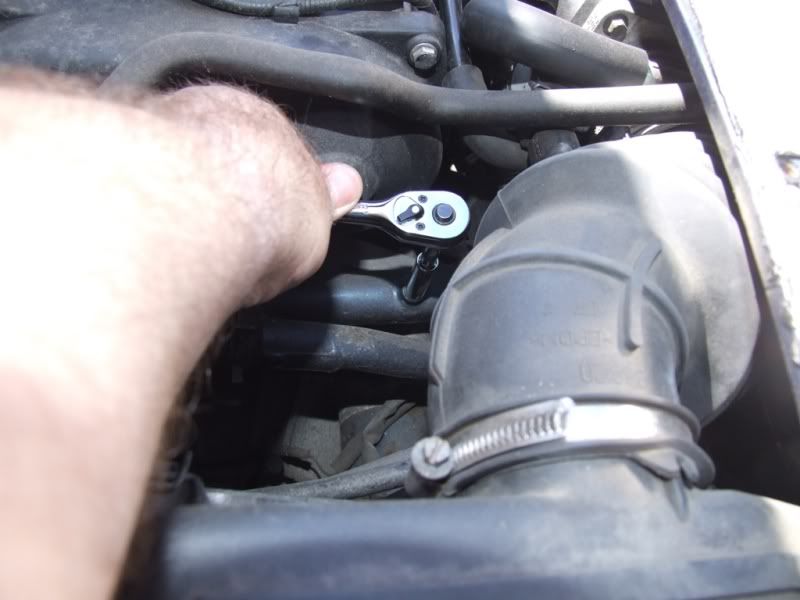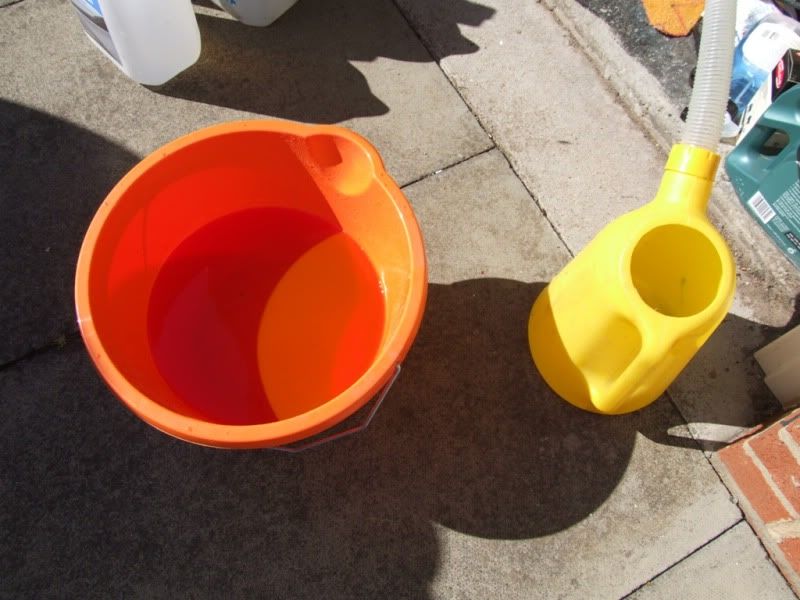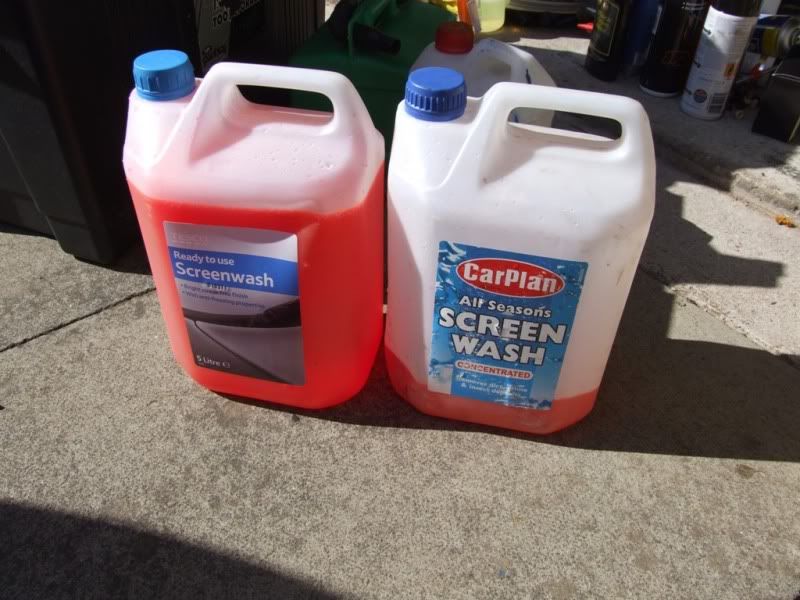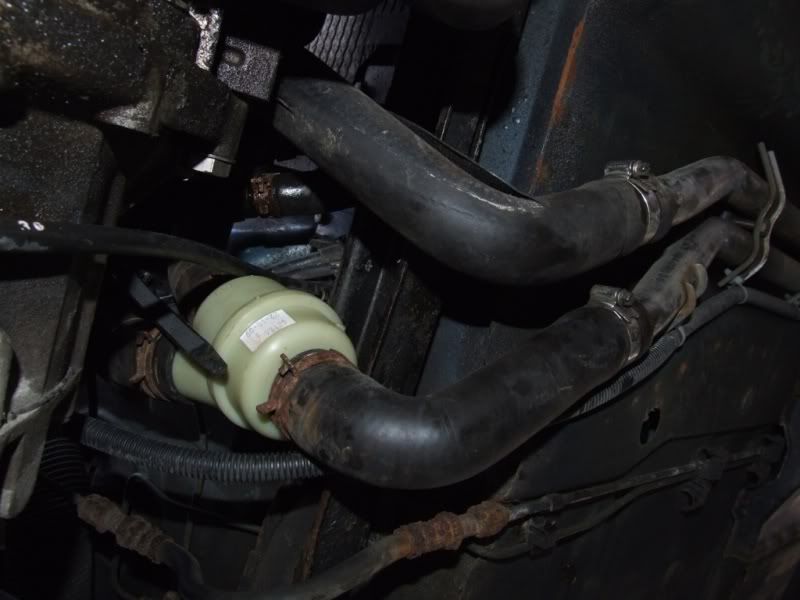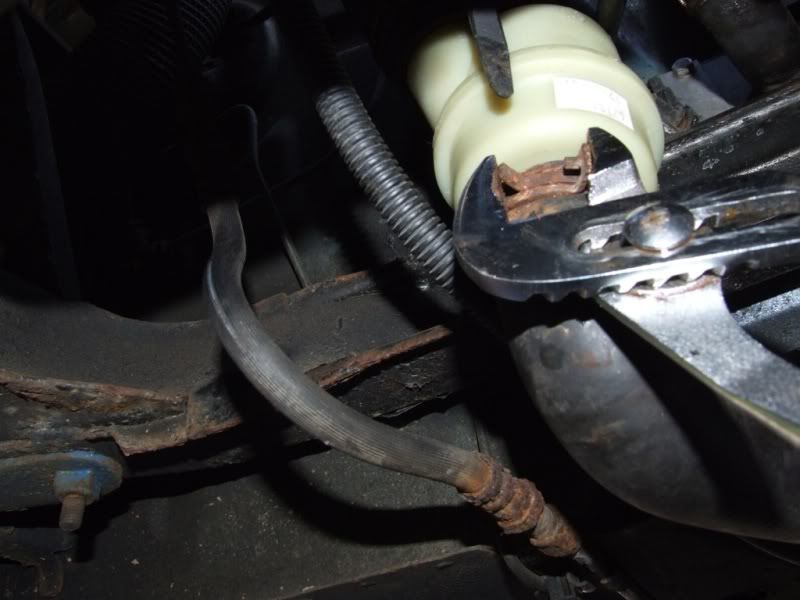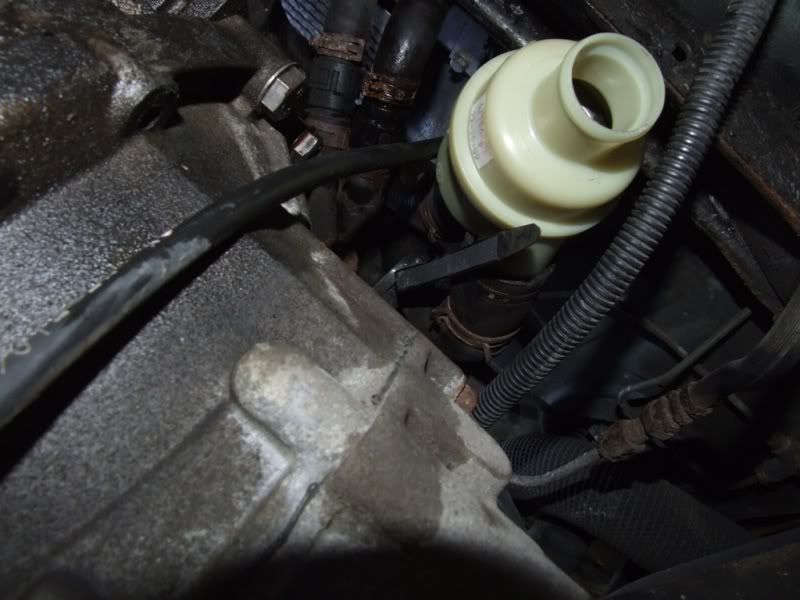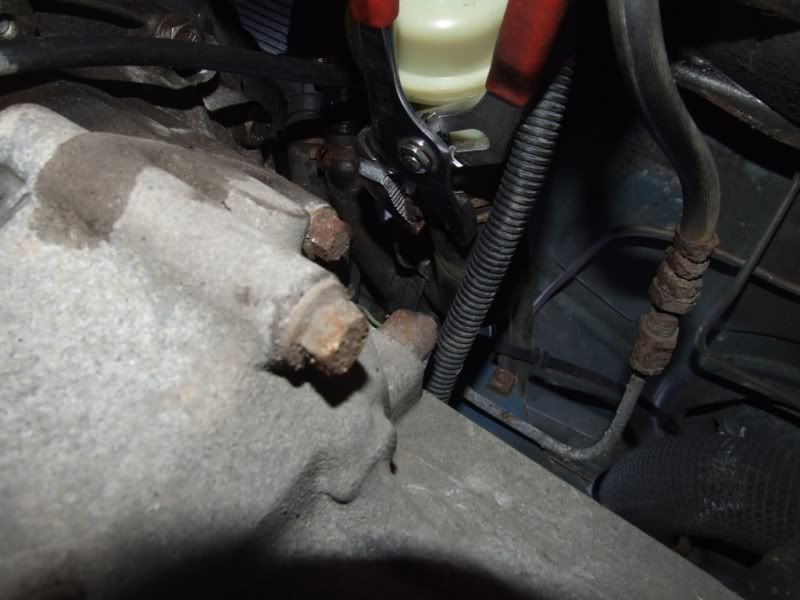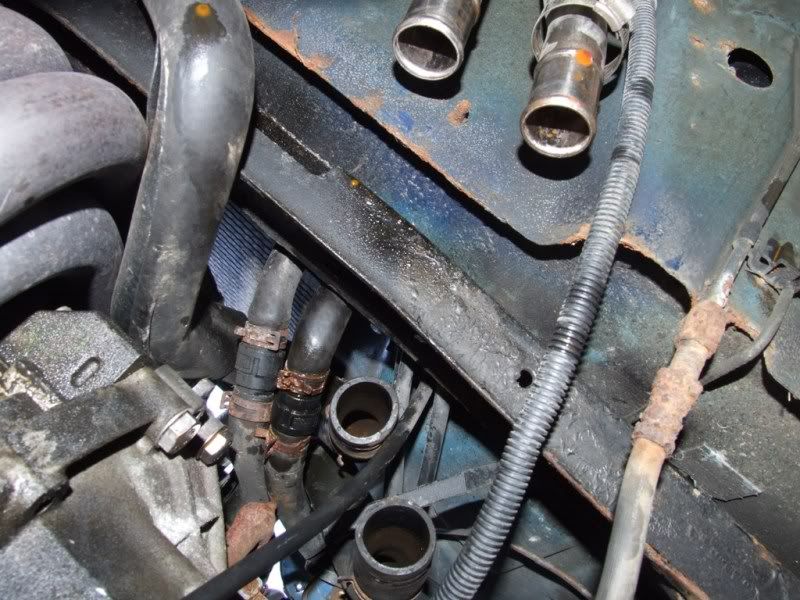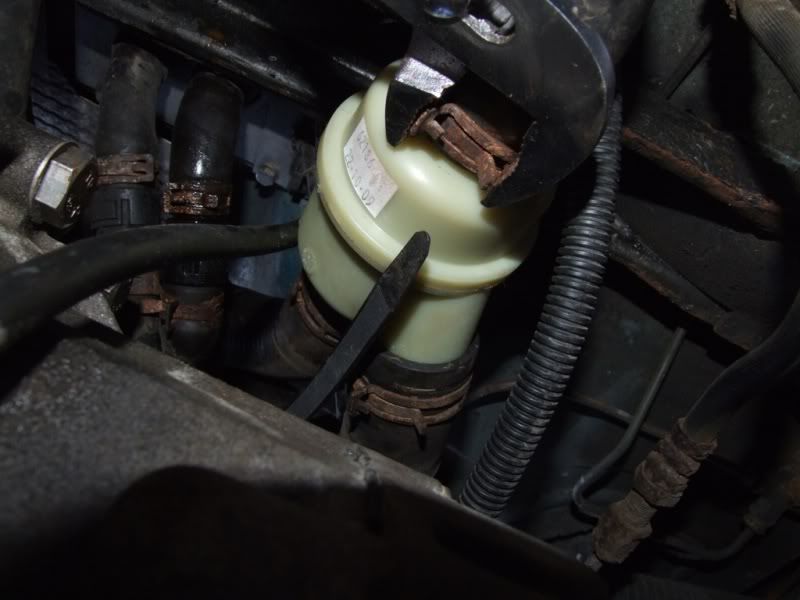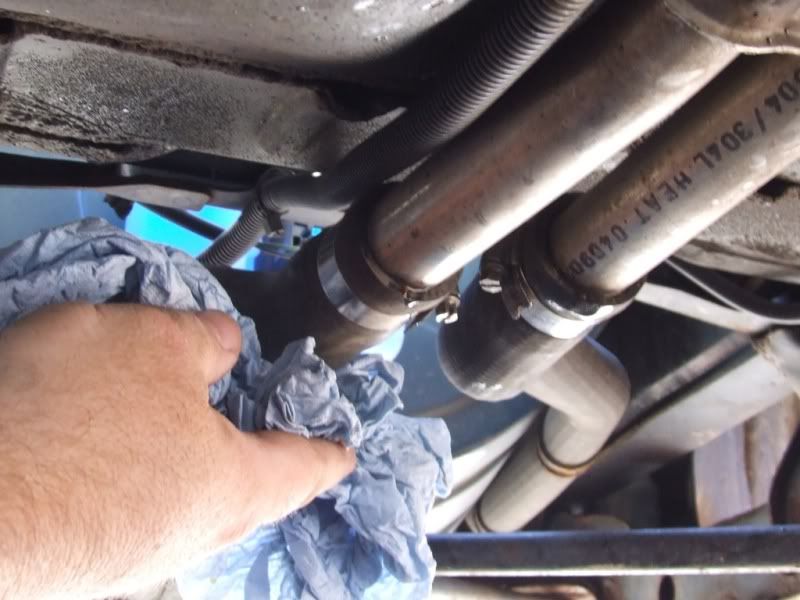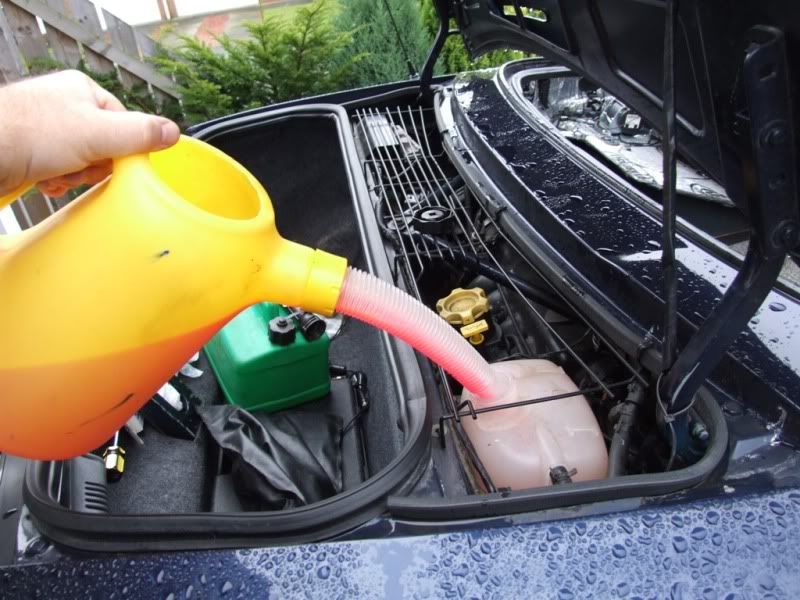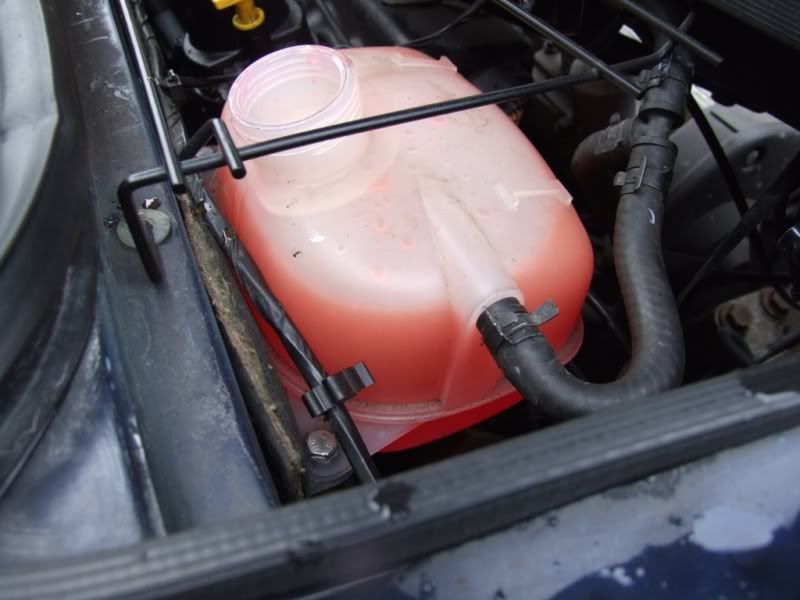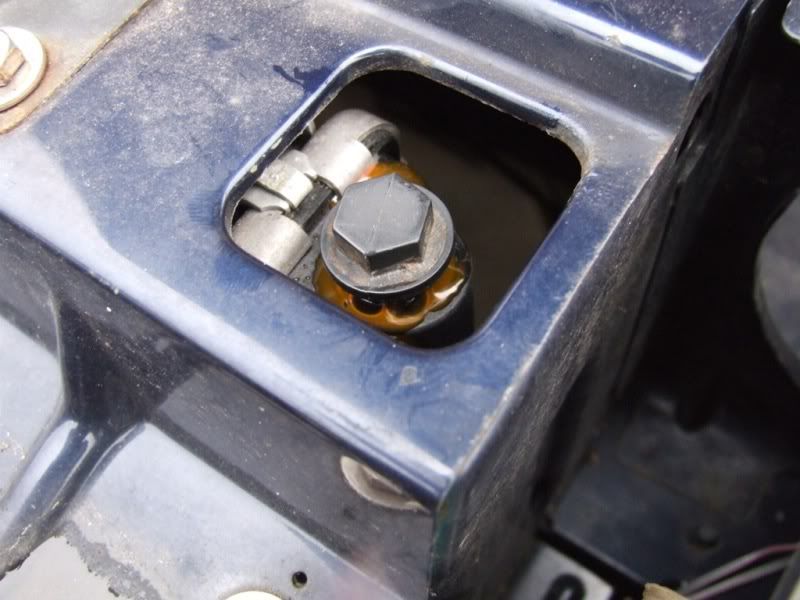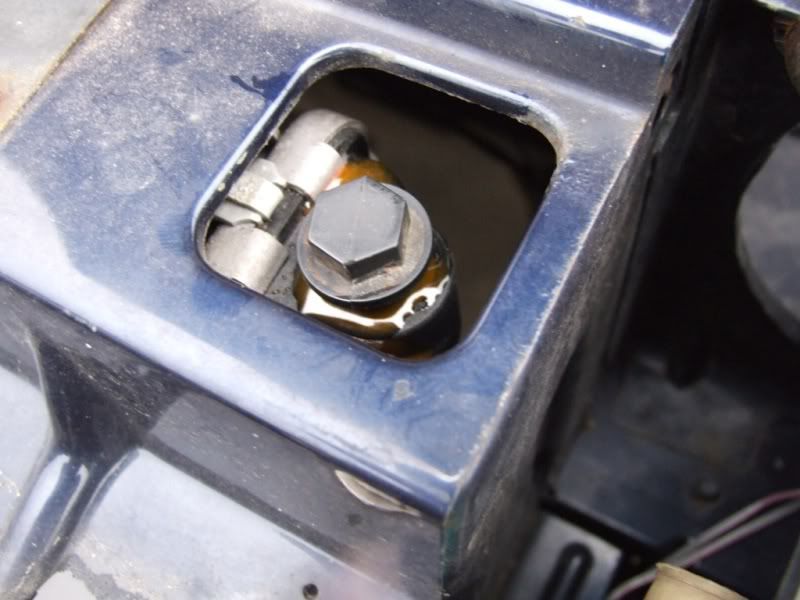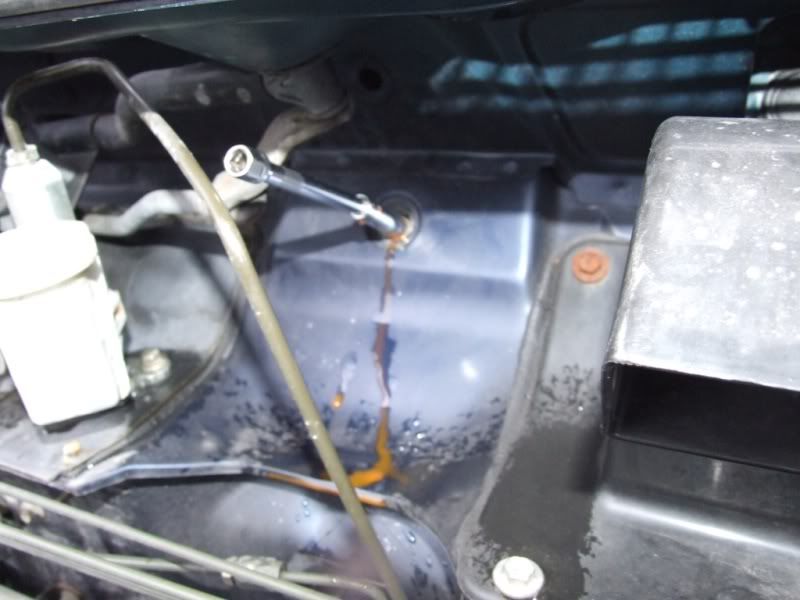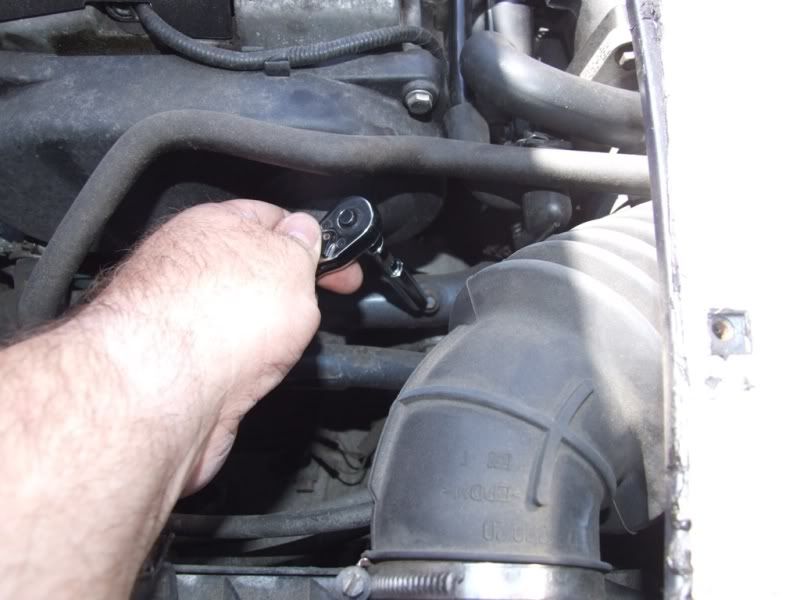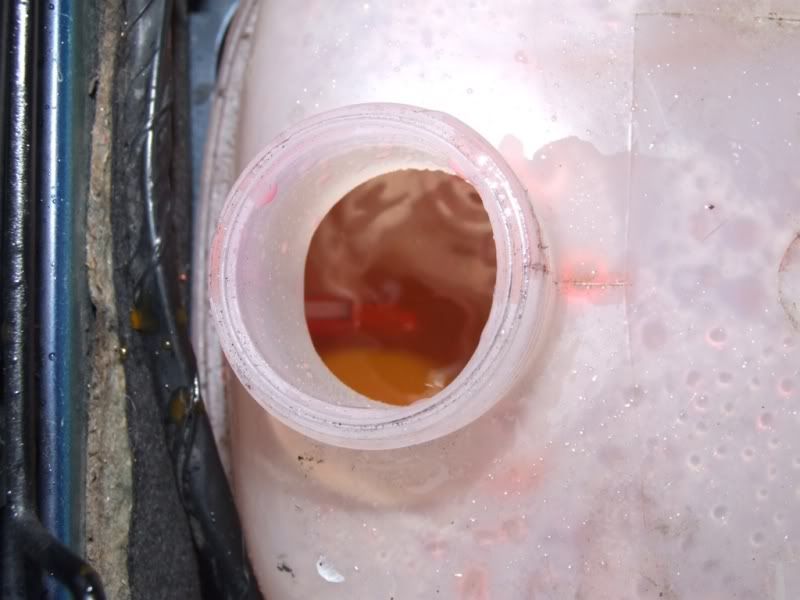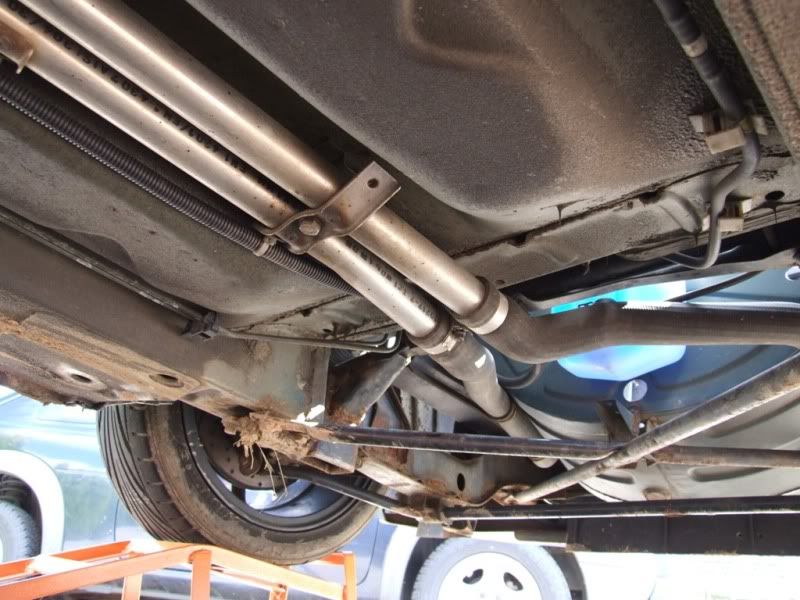How to change your PRT.
The thermostat (or stat) is responsible for keeping your engine at a working temperature and is key to the efficient running of your car.
The idea is that when you first start the car the thermostat only allows the coolant to circulate around the engine. This allows the engine to heat up to working temperatures quicker and save fuel.
When the temperature is reached, the thermostat opens and allows the coolant to flow through the radiator to aid in getting rid of the unwanted heat.
This then explains 2 symptoms of a failed thermostat.
If the thermostat was to remain closed the coolant will never be diverted to the radiator and will get hotter and hotter as the engine cannot get rid of the heat. This can lead to pipes/hoses or expansion bottles rupturing and steam everywhere. It can also result in overheating the engine, which can cause damage on the k-series engine.
If it is stuck open then the engine will take a very long time to reach it’s correct working temperature as the coolant will always be going through the radiator. This will cause excess fuel consumption, emissions and lack of power as the ECU will be running in cold start mode and using more fuel.
The TF thermostat, from around 2003, is a little more complicated and is also operated by a pressure differential in the system. As the water pump is directly driven by the engine, an increase in revs will produce an increase in pressure and operate the PRT. In effect, this is anticipating a rise in temperature before it happens, reducing thermal cycling and shock to the engine.
Some useful information on PRTs can be found here http://www.mgf.ultimatemg.com/group2/common_problems/hgf_pages/cooling_system_modifications.htm
So, if you are having any of these symptoms then it might be time to replace the PRT.
On a TF from about 2003 onwards the PRT is relatively easy to change.
First of all, you need to raise the car off the ground so that you can work underneath. Only work underneath the car if it is secure. You should use ramps or axle stands and ensure that the car cannot roll off.
Obviously, to change the thermostat you will have to drain the system of coolant.
I only replaced the coolant recently, so at around £40 to replace it I thought I would catch it and reuse it unless it was contaminated.
So I bought me a shiny new bucket. Don’t use a bucket that you will use for other things, such as fish tank water changes, as traces of coolant can be very toxic.
My favoured way of draining the coolant is to open the expansion tank
Open the heater control valve all the way to hot
Now place the bucket under the front of the car where the metal underfloor pipes meet the radiator rubber hoses
And undo the jubilee clips
Now CAREFULLY push the screwdriver down between the steel pipe and the rubber hose. Be careful not to damage or hole the rubber hose. Once the seal is broken the coolant should start to flow.
Let the coolant flow until it starts tapering off and the go around the bleed points opening them up one by one.
There are 3 points.
One is at the top nearside of the radiator. Be careful removing this as it is basically a plastic bolt and has been known to shear off.
One under the plastic cover in the bonnet compartment
And one in the metal coolant pipe that runs over the top of the gearbox in the engine compartment.
Now let the coolant drain completely.
Check the coolant for contamination and if OK decant it into suitable containers.
Now move to the rear underside of the car and you should see the PRT near where the subframe joins the body.
Using pliers or screwdriver if you have used jubilee clips, disconnect and remove the rubber hos that connects the PRT to the underfloor pipes. Be aware that there will be some residual coolant still in the system.
Now, using the pliers, compress the spring clips and move them up the hoses at the engine side.
Now manipulate the PRT and pull it down to disconnect it from the engine hoses. Note which way the hoses connect to the PRT. The angled outlet goes to the nearside.
The old and the new.
Now push the new PRT into place, refit pipes and reconnect the clips.
Make sure that you have reconnected and tightened all connectors and jubilee clips, including the ones at the front end of the car where you drained the coolant. Also wipe all the joints dry. This will help after refilling so that you can see if the system is leaking or not.
Refit and tighten all of the bleed points.
Now refill the expansion tank. It should take some filling.
As it settles, fill it to the top
And then reopen the bleed points, starting at the radiator. If you have a helper get them to keep an eye on the expansion tank level and keep it topped up. If it drops below the bottom of the tank then you will introduce air into the system. If you don’t have a helper then only open the bleed point for short periods of time and top up as necessary.
Bleed until only coolant comes out without any bubbles.
And retighten the bleed point. Make sure you don’t overtighten as it is quite fragile.
Do the same with the heater matrix under bonnet bleed point, making sure the heater is turned fully to hot.
And then do the same with the engine compartment bleed point.
Top up the coolant to the correct level. Now start the engine and run for a minute with the coolant cap off. You should be able to see a constant flow of coolant and make sure the level doesn’t suddenly drop.
Now refit the cap and let the engine get up to temperature.
Keep an eye on the hose connections you have disturbed in case there are any leaks
Once the engine has run up to full temperature, stop the engine and get under the car, checking all the connections for signs of leaking. Also once the coolant has cooled, check and adjust to the correct level.
Once you are happy, lower the car off the axle stands and take the car for a test drive.
Keep an eye on the temperature gauges and try the heater to make sure it is blowing hot when required.
The car now has a new PRT.
A common problem with garages that has come to light is that they are working on these engines (2003 onwards) and spot that there is no thermostat in the housing on the engine. They then put this down to the various problems that the engine has been having and fit a normal thermostat in the engine thermostat housing, not realising that it has been fitted with a PRT.
This will cause no end of cooling related problems as you now have 2 different types of thermostat in the system working against each other. If you get your car back from a garage and they tell you that they have fitted a new thermostat as there wasn’t one fitted, be very worried.
The idea is that when you first start the car the thermostat only allows the coolant to circulate around the engine. This allows the engine to heat up to working temperatures quicker and save fuel.
When the temperature is reached, the thermostat opens and allows the coolant to flow through the radiator to aid in getting rid of the unwanted heat.
This then explains 2 symptoms of a failed thermostat.
If the thermostat was to remain closed the coolant will never be diverted to the radiator and will get hotter and hotter as the engine cannot get rid of the heat. This can lead to pipes/hoses or expansion bottles rupturing and steam everywhere. It can also result in overheating the engine, which can cause damage on the k-series engine.
If it is stuck open then the engine will take a very long time to reach it’s correct working temperature as the coolant will always be going through the radiator. This will cause excess fuel consumption, emissions and lack of power as the ECU will be running in cold start mode and using more fuel.
The TF thermostat, from around 2003, is a little more complicated and is also operated by a pressure differential in the system. As the water pump is directly driven by the engine, an increase in revs will produce an increase in pressure and operate the PRT. In effect, this is anticipating a rise in temperature before it happens, reducing thermal cycling and shock to the engine.
Some useful information on PRTs can be found here http://www.mgf.ultimatemg.com/group2/common_problems/hgf_pages/cooling_system_modifications.htm
So, if you are having any of these symptoms then it might be time to replace the PRT.
On a TF from about 2003 onwards the PRT is relatively easy to change.
First of all, you need to raise the car off the ground so that you can work underneath. Only work underneath the car if it is secure. You should use ramps or axle stands and ensure that the car cannot roll off.
Obviously, to change the thermostat you will have to drain the system of coolant.
I only replaced the coolant recently, so at around £40 to replace it I thought I would catch it and reuse it unless it was contaminated.
So I bought me a shiny new bucket. Don’t use a bucket that you will use for other things, such as fish tank water changes, as traces of coolant can be very toxic.
My favoured way of draining the coolant is to open the expansion tank
Open the heater control valve all the way to hot
Now place the bucket under the front of the car where the metal underfloor pipes meet the radiator rubber hoses
And undo the jubilee clips
Now CAREFULLY push the screwdriver down between the steel pipe and the rubber hose. Be careful not to damage or hole the rubber hose. Once the seal is broken the coolant should start to flow.
Let the coolant flow until it starts tapering off and the go around the bleed points opening them up one by one.
There are 3 points.
One is at the top nearside of the radiator. Be careful removing this as it is basically a plastic bolt and has been known to shear off.
One under the plastic cover in the bonnet compartment
And one in the metal coolant pipe that runs over the top of the gearbox in the engine compartment.
Now let the coolant drain completely.
Check the coolant for contamination and if OK decant it into suitable containers.
Now move to the rear underside of the car and you should see the PRT near where the subframe joins the body.
Using pliers or screwdriver if you have used jubilee clips, disconnect and remove the rubber hos that connects the PRT to the underfloor pipes. Be aware that there will be some residual coolant still in the system.
Now, using the pliers, compress the spring clips and move them up the hoses at the engine side.
Now manipulate the PRT and pull it down to disconnect it from the engine hoses. Note which way the hoses connect to the PRT. The angled outlet goes to the nearside.
The old and the new.
Now push the new PRT into place, refit pipes and reconnect the clips.
Make sure that you have reconnected and tightened all connectors and jubilee clips, including the ones at the front end of the car where you drained the coolant. Also wipe all the joints dry. This will help after refilling so that you can see if the system is leaking or not.
Refit and tighten all of the bleed points.
Now refill the expansion tank. It should take some filling.
As it settles, fill it to the top
And then reopen the bleed points, starting at the radiator. If you have a helper get them to keep an eye on the expansion tank level and keep it topped up. If it drops below the bottom of the tank then you will introduce air into the system. If you don’t have a helper then only open the bleed point for short periods of time and top up as necessary.
Bleed until only coolant comes out without any bubbles.
And retighten the bleed point. Make sure you don’t overtighten as it is quite fragile.
Do the same with the heater matrix under bonnet bleed point, making sure the heater is turned fully to hot.
And then do the same with the engine compartment bleed point.
Top up the coolant to the correct level. Now start the engine and run for a minute with the coolant cap off. You should be able to see a constant flow of coolant and make sure the level doesn’t suddenly drop.
Now refit the cap and let the engine get up to temperature.
Keep an eye on the hose connections you have disturbed in case there are any leaks
Once the engine has run up to full temperature, stop the engine and get under the car, checking all the connections for signs of leaking. Also once the coolant has cooled, check and adjust to the correct level.
Once you are happy, lower the car off the axle stands and take the car for a test drive.
Keep an eye on the temperature gauges and try the heater to make sure it is blowing hot when required.
The car now has a new PRT.
A common problem with garages that has come to light is that they are working on these engines (2003 onwards) and spot that there is no thermostat in the housing on the engine. They then put this down to the various problems that the engine has been having and fit a normal thermostat in the engine thermostat housing, not realising that it has been fitted with a PRT.
This will cause no end of cooling related problems as you now have 2 different types of thermostat in the system working against each other. If you get your car back from a garage and they tell you that they have fitted a new thermostat as there wasn’t one fitted, be very worried.
by cjj
Please Log in or Create an account to join the conversation.
Time to create page: 0.415 seconds

